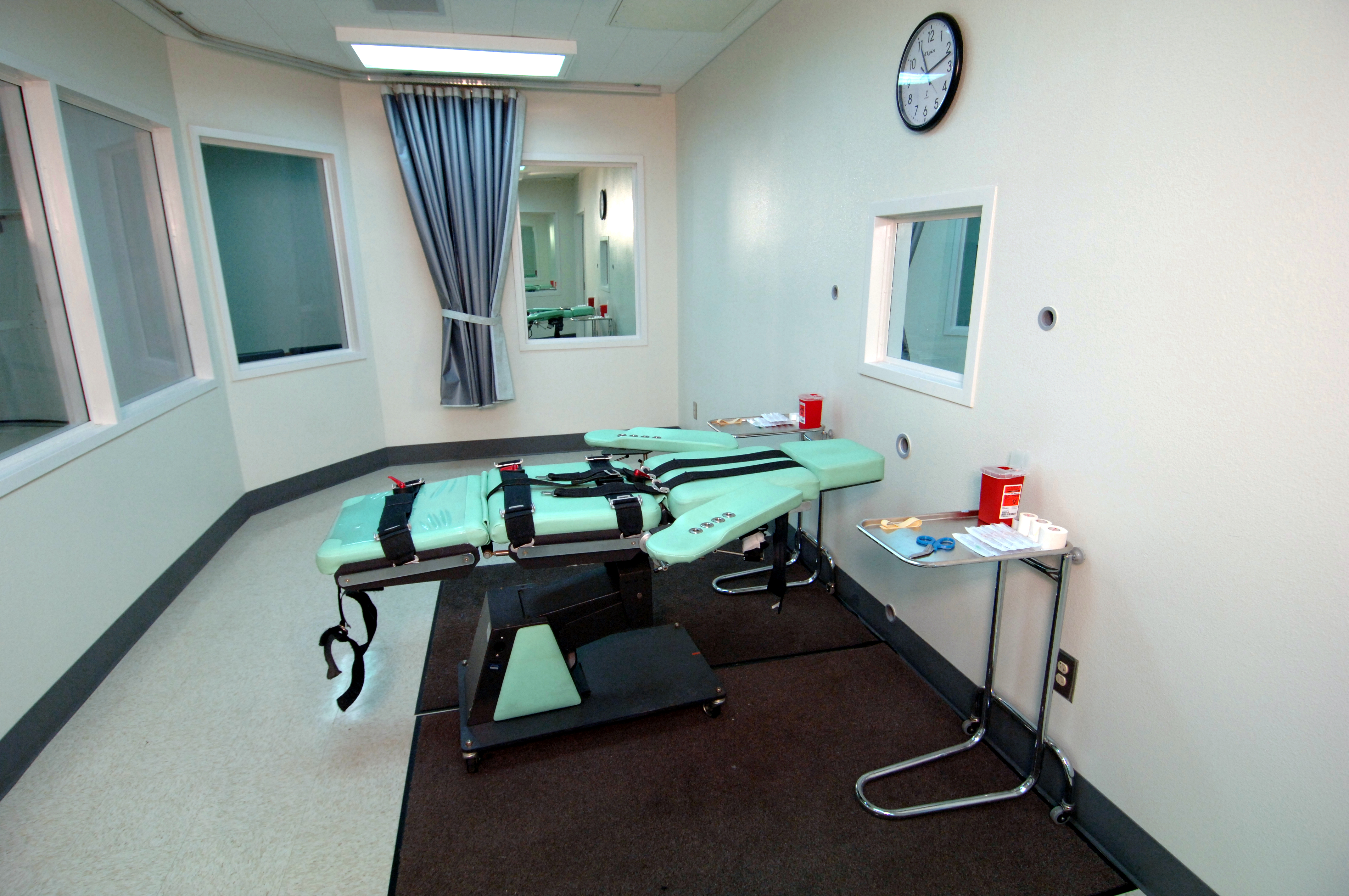The US Supreme Court Thursday held that prisoners on death row may challenge their state’s method of execution under 42 U.S.C. § 1983.
In Nance v. Ward, the court addressed the issue of whether a death row inmate could bring a case challenging the method of execution they will face. Petitioner Michael Nance received a death sentence in 2002. Nance argued that death by lethal injection would cause him immense pain due to a condition that severely compromised his veins, and the “sole authorized method of execution—lethal injection—as unconstitutional as applied to him.” He proposed to die by firing squad instead of lethal injection.
Justice Elena Kagan wrote the majority opinion in the 5-4 decision. The opinion states, “When a prisoner seeks relief that would ‘necessarily imply the invalidity of his conviction or sentence,’ he comes within the core [of habeas corpus].” Kagan critiqued the lower court’s ruling by writing, “[T]he two aspects of the circuit court’s ruling, when taken together, turn Bucklew into a sham.” Kagan even stated that the US Court of Appeals for the Eleventh Circuit “reconstrued the action as a habeas petition.” The opinion concludes by saying, “In recognizing that § 1983 is a good vehicle for a claim like Nance’s, we do not for a moment countenance ‘last-minute’ claims relied on to forestall an execution.”
The dissent, written by Justice Amy Barrett, and joined by Justices Clarence Thomas, Samuel Alito and Neil Gorsuch, focuses on if granting an inmate relief would “‘bar the execution.'” It states that the majority’s decision finds a way around requirements of habeas “with a theory at odds with the very federalism interests they are designed to protect[.]”


